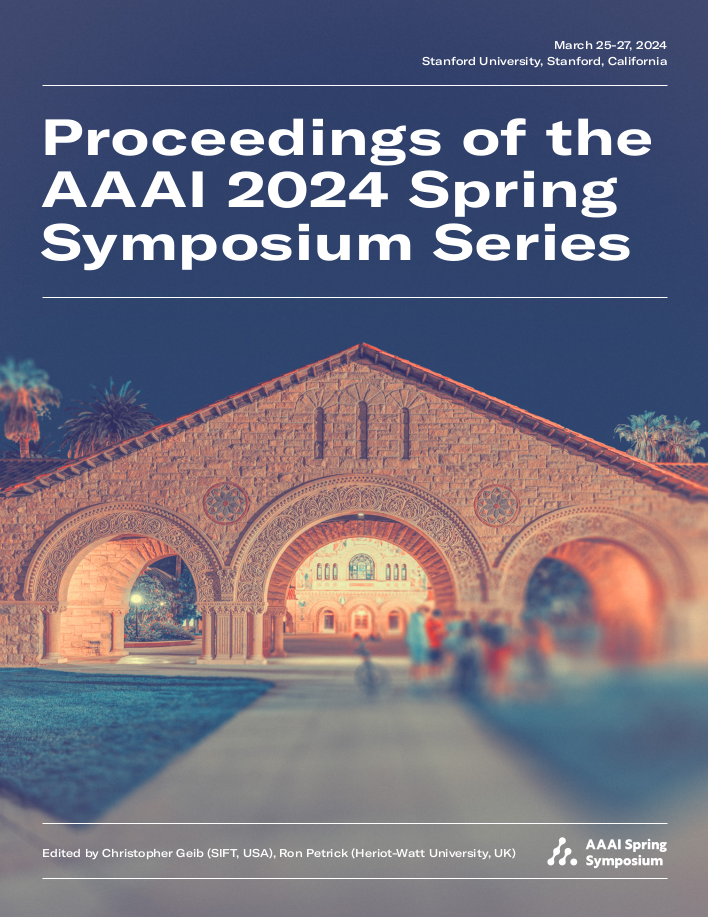Communicating Unnamable Risks: Aligning Open World Situation Models Using Strategies from Creative Writing
DOI:
https://doi.org/10.1609/aaaiss.v3i1.31173Keywords:
Human-Computer InteractionAbstract
How can a machine warn its human collaborator about an unexpected risk if the machine does not possess the explicit language required to name it? This research transfers techniques from creative writing into a conversational format that could enable a machine to convey a novel, open-world threat. Professional writers specialize in communicating unexpected conditions with inadequate language, using overlapping contextual and analogical inferences to adjust a reader’s situation model. This paper explores how a similar approach could be used in conversation by a machine to adapt its human collaborator’s situation model to include unexpected information. This method is necessarily bi-directional, as the process of refining unexpected meaning requires each side to check in with each other and incrementally adjust. A proposed method and example is presented, set five years hence, to envisage a new kind of capability in human-machine interaction. A near-term goal is to develop foundations for autonomous communication that can adapt across heterogeneous contexts, especially when a trusted outcome is critical. A larger goal is to make visible the level of communication above explicit communication, where language is collaboratively adapted.Downloads
Published
2024-05-20
Issue
Section
Bi-directionality in Human-AI Collaborative Systems

